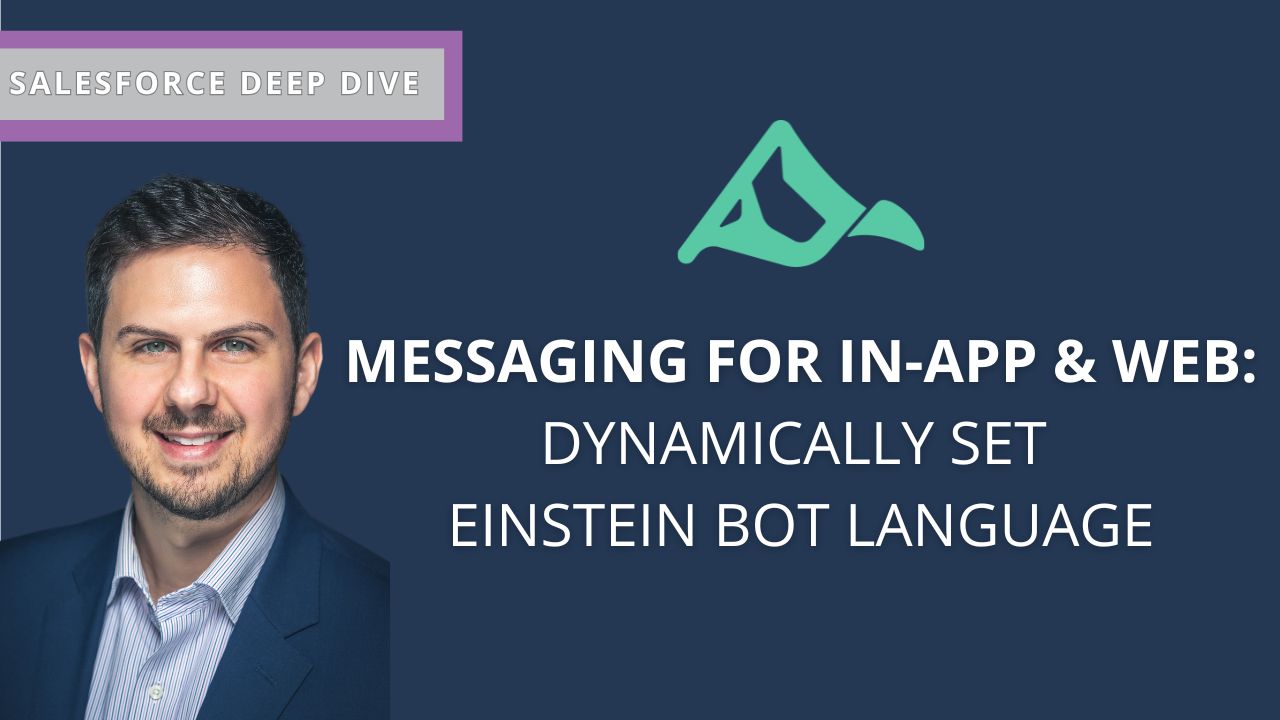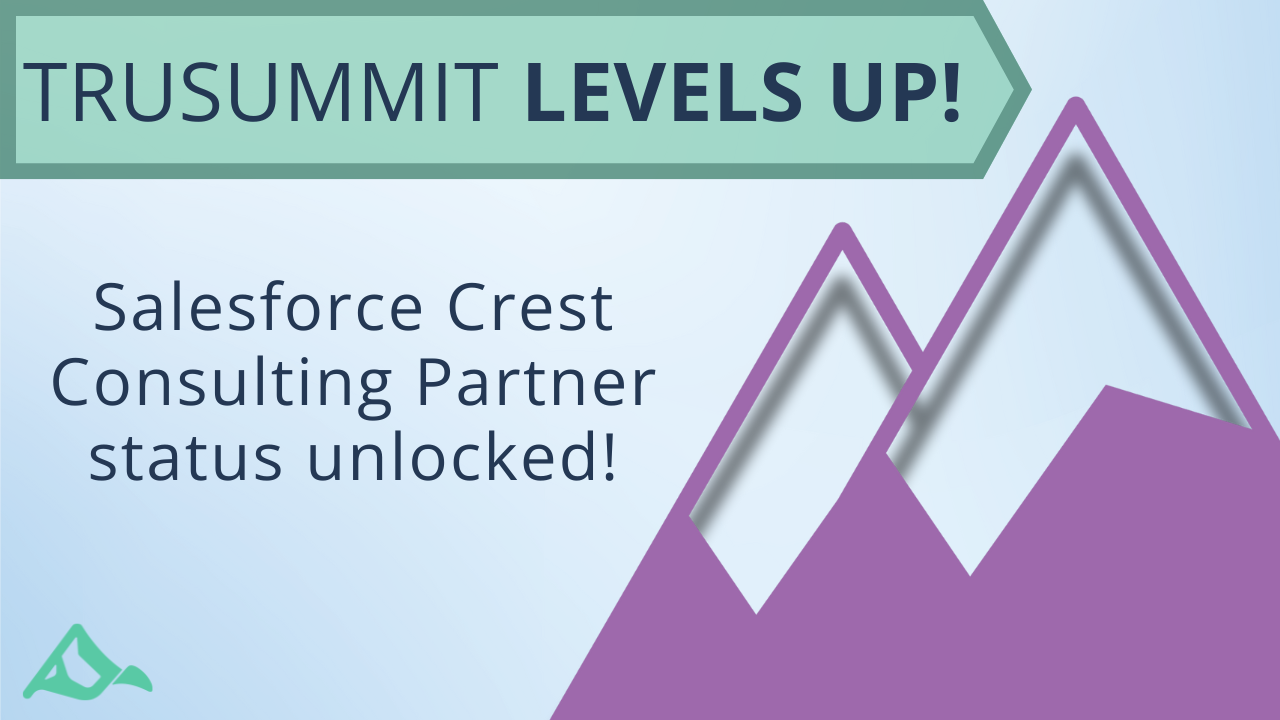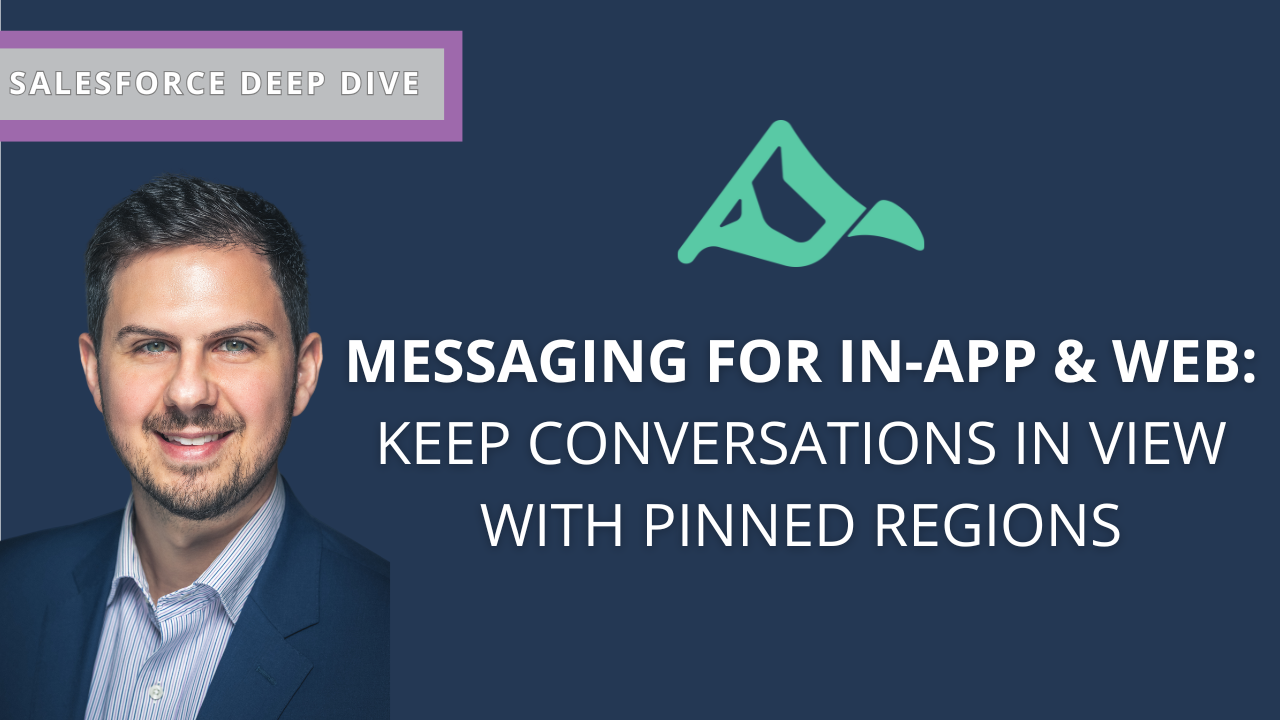TruSummit Solutions’ 10 Steps to New Salesforce Admin Success
We’ve heard a version of the same story time and again: You’re a fairly technical resource who has expressed some enthusiasm for Salesforce, and – boom! — your organization has deemed you the de facto Salesforce administrator. Your organization has hundreds of users, several third-party integrations, and you’ve inherited a backlog of work. And while you’re excited by the prospect of advancing your Salesforce career, you’re also a little – no, a LOT – intimidated by the challenges ahead of you. How do you ensure you rise to the challenge and swim, not sink?
In our experience, there are a few steps you can take to help get your hands around your current Salesforce instance, chart its roadmap, and set yourself up for success. And some of these are low-hanging fruit, which means you’ll get some quick wins – and some much-needed internal capital – under your belt! Your 10 steps to Salesforce success start now:
- Understand the Current Salesforce Setup: Even though you may have been working in Salesforce for some time, it’s worth it to go back to square one. Start by understanding the existing Salesforce setup. Familiarize yourself with the custom objects, fields, user roles, profiles, and permission sets. Review the existing documentation, if available. Understanding the architecture will give you insights into how the system was intended to be used.
- Audit User Access and Security: Review the current users, their roles, and access levels. Ensure that security settings are appropriate and that only the necessary personnel have access to sensitive data. This step is crucial for maintaining data integrity and security. There are, however, different levels of audits that you can conduct: a health check can provide an overview look at your org (this post is a great guide to a Salesforce health check), while more intensive audits can reveal security gaps, inefficient processes, and even help you identify sources of technical debt (we like this intro to audits beyond a health check). During your discovery phase, the more information, the better – be thorough with your audits.
- Examine Integrations: As a follow-on from your audit work, you have likely begun to identify all third-party tools integrated with Salesforce. Now you need to understand their purpose, how they interact with Salesforce, and any issues that may exist. Ensure you have this information documented before taking on steps 4 and 5 – it will prove helpful to you as you begin to meet with key stakeholders and prioritize your backlog.
- Prioritize the Backlog: You likely inherited a backlog of Salesforce work; it may be captured in a project management tool (best case!) or you have a bunch of emailed requests from various Salesforce users to sift through (not the best case!). To begin assessing your backlog, capture it all in one place; our customers have had success with project management tools such as Jira or Asana. Assess the backlog of work and prioritize tasks. It’s important to distinguish between urgent issues that affect daily operations and long-term improvement projects. Assign the priority to the tasks and then focus on the backlog items that represent the highest value to the end users.
- Engage with Stakeholders: You absolutely must talk to key users and stakeholders to understand their needs and challenges. And at this point, you should get their buy-in on your backlog, too. Ensuring that you know what is important to key stakeholders, and that they know what you’ve prioritized for completion and by when, will ensure that you aren’t working in a silo and that your tasks reflect the strategic objectives of the organization at large. You may also hear anecdotes from key stakeholders that help you identify any gaps in the current system and opportunities for improvement.
- Create a Roadmap: With audits complete and all inputs gathered, it’s time to develop your roadmap for managing and improving the Salesforce environment. This should include immediate fixes, short-term goals, and long-term strategic plans. This roadmap will also inform your resource and third-party vendor needs and will aid your finance teams in forecasting and budgeting.
- Utilize Salesforce Resources: Salesforce offers a wealth of resources for administrators, including online courses, webinars, documentation, and the Trailblazer community forums. Best of all, many of these resources are FREE! Start at the Trailhead to utilize these to enhance your knowledge and skills.
- Consider Getting Certified: This one isn’t necessarily a short-term solution, but if you haven’t already, consider obtaining Salesforce certification. The test prep and test itself will greatly improve your understanding of the platform, and obtaining the certification will give you added credibility.
- Stay on Top of Salesforce: To say Salesforce is constantly evolving is a bit of an understatement. Salesforce pushes seasonal releases three times a year, along with periodically pushing critical updates. And the future roadmap for Salesforce is extensive, and is usually unveiled in detail at marquee events like Dreamforce and TrailblazerDX. Make it a habit to read Salesforce blogs, follow Salesforce on LinkedIn, and generally stay on top of the latest news and announcements to ensure you’re in the know on the Salesforce evolution.
- Turn to the Professionals: If you’re still feeling overwhelmed, consider reaching out to a Salesforce partner for help. Salesforce partners can provide expertise and support in managing complex environments. (Shameless plug time! At TruSummit, our managed services offerings are flexible, scalable solutions to help you do everything from clear backlog to fully augment your Salesforce administration.)
Managing a Salesforce org is a marathon, not a sprint. Stay patient, keep learning, and engage with the Salesforce community for support and advice. And if you need a little more help, you know where to find TruSummit Solutions.
Featured Articles

How to Dynamically Set Einstein Bot Language in Messaging for In-App and Web
When deploying Einstein Bots in Salesforce’s Messaging for In-App and Web, providing a localized and personalized experience for your users…

TruSummit Solutions Achieves Salesforce Crest Consulting Partner Status
At TruSummit Solutions, we’re constantly striving to deliver exceptional value to our clients and push the boundaries of what’s possible…

Boosting Agent Productivity in Salesforce: Keeping Conversations in View with Pinned Regions
Salesforce’s new Messaging for In-App and Web feature offers a seamless way to engage customers across multiple channels, but one…